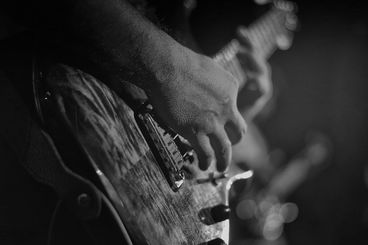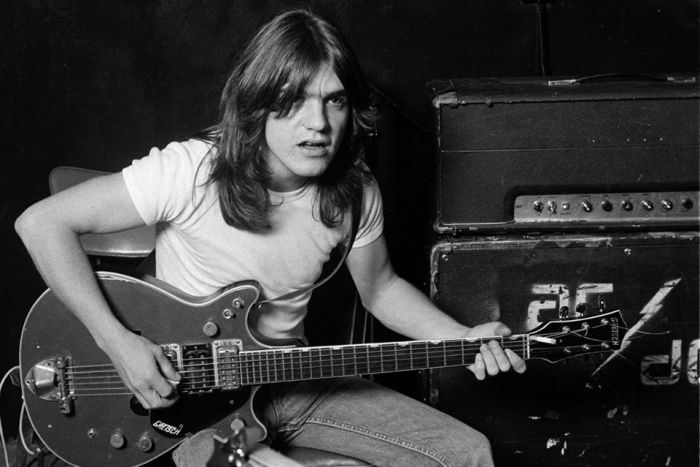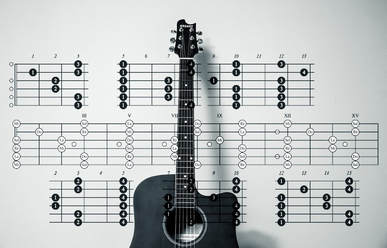My first guitar teacher was and still is a great funk player. I’d go see him play at the local venues where I remember being blown away by the sheer number of chords he seemed to know when playing funk-style rhythms. In the beginning, of course, these things look mind-boggling to say the least, and it wasn’t until a few years later that I realized where he was getting all those chords from.
My first attempts at learning funk guitar were kind of disappointing. I would learn a ton of chords, then try to hear them in the context, but I could never quite get it to sound like the stuff my guitar teacher was doing. It wasn’t until a few years later, when I’d gotten a lot more playing under my belt, that I realized he wasn’t playing loads of different chords, he was playing lots of variations on the same chord! I should have realized of course, but I couldn’t see the wood for the trees as I was so fixated on learning as many different chords as possible.
Once this had dawned on me I looked at the classic funk chords again, but this time from a holistic perspective. Here’s E9 all over the fretboard:

You can probably see a few chord shapes in there such as this one:

The first thing to realize is that the funky chords are above the E9 chord in the direction of the green arrow, and the not-so-funky chords are below the E9 chord in the direction of the red arrow—a funk traffic light, if you will. The reason for this is that in funk you don’t need to play an awful lot of big old chords, and the further up the neck you go, the tighter things get and the less you tend to play. Down at the bottom of the neck it’s going to sound too heavy in a band situation.
So, if you’re playing on an E9 chord for a while, which happens a lot in funk as most grooves are basically two or three-chord vamps, and you get bored, you can always play fragments of the chord higher up the neck. Basically, any group of 2 or 3 notes from the above diagram will sound light and funky as a variation on that E9 shape. Here are a few you could use:

As you can see, there’s plenty of scope for coming up with 2 and 3-note stabs to complement that E9 chord, especially on the top 4 strings. Use the lower strings to throw in single note lines in between chord stabs too.
You can do this with any funk chord, the only prerequisite being that you know where all the chord tones are above the chord you’re playing, which is why we’ve included a handy free PDF below with plenty of funk chord for you to practice with. Feel free to right click and download, and print it out to get funky!



